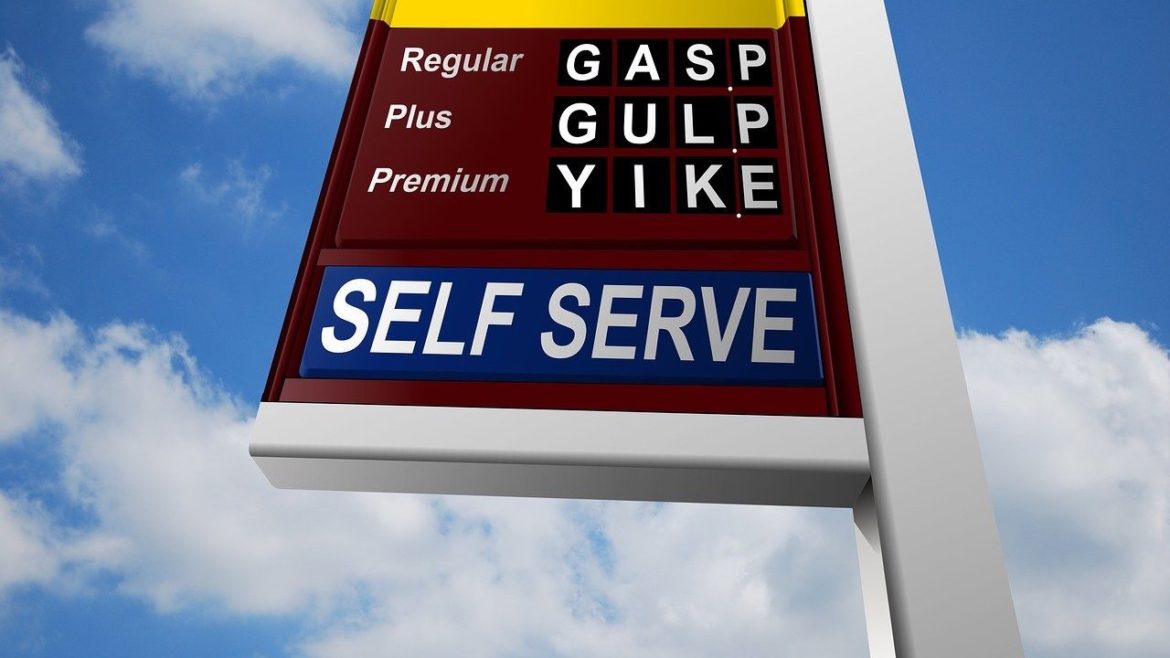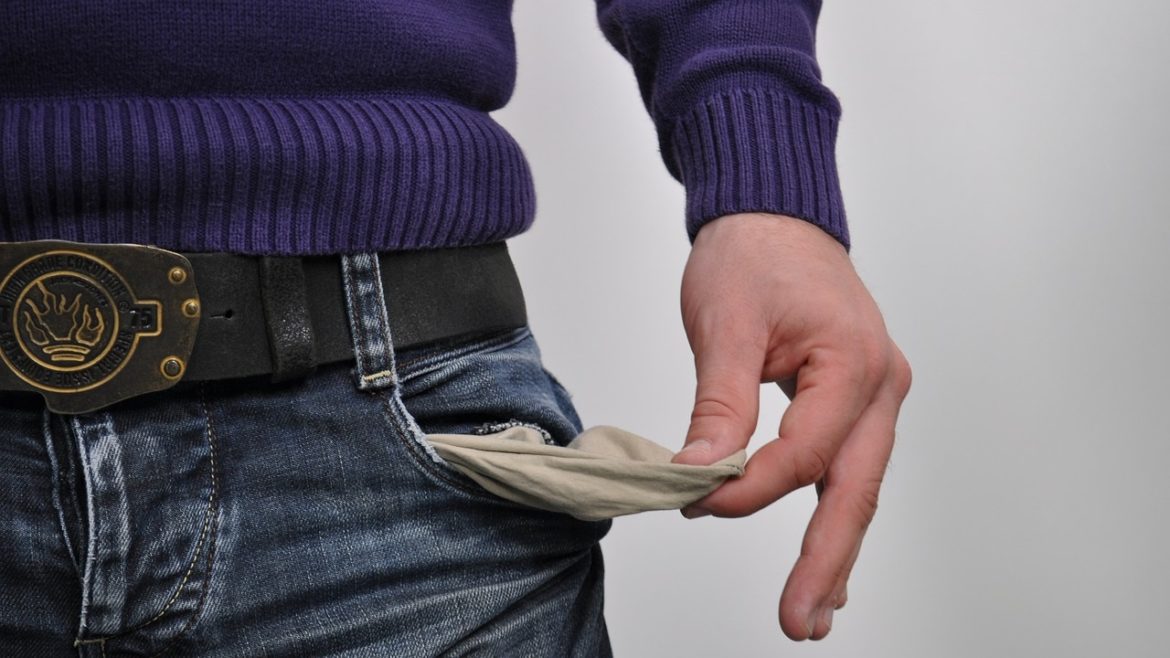Gold has all the potential to go unprecedentedly high. But silver will be gold on
Site:
Precious metals news
 US Producer Price Inflation Hovers Near Record Highs, Energy Costs Dominate
US Producer Price Inflation Hovers Near Record Highs, Energy Costs DominateJun 14, 2022 - 06:16:19 PDT
So, will a 75bps hike tomorrow fix all this?
 The Fed May Have To Do Something It Hasn’t Done Since 1994 To Tame Inflation
The Fed May Have To Do Something It Hasn’t Done Since 1994 To Tame InflationJun 14, 2022 - 06:09:20 PDT
Jefferies economists have also now joined the 75 basis point camp, saying in a report over the weekend that "inflation isn't peaking, it isn't even plateauing. It is still accelerating, and it will likely do so again in June."
The credit-based global financial system we have constructed and participated in over the past century has to continually grow or die. It’s like a game of musical chairs that we have to keep adding people and chairs to in order for it to never stop.
The Bank of Japan ramped up the defense of its policy framework Tuesday after yields came under renewed upward pressure, unveiling a further set of unscheduled buying operations, including purchases of much longer maturities.
U.S. Treasury yields have surged to new multiyear highs, reflecting uncertainty over how high the Fed will have to raise interest rates to tame inflation.
Investor fears of stagflation are at the highest since the 2008 financial crisis, while global growth optimism has sunk to a record low, according to Bank of America Corp.’s monthly fund manager survey.
During past bear markets the Fed was dovish; that isn't the case this time around as the central bank aggressively tries to tamp down inflation.
Trying to squeeze all of the rate hikes and QT that should have been done in 2021 into the next few months risks provoking a crisis that will end up cutting the Fed’s tightening cycle short before bringing inflation under control.
As the following chart from PPG Macro highlights, the number of homes under construction in the US has surged to the highest level on record right as the number of home sales starts to roll over.
Like all stimulus plans, the backlash will be suffered by the middle class and the same families that governments aimed to protect with massive money printing. Monetary policy does not solve structural problems, fiscal policy may have worsened them.
Since Fed officials have been wrong every step of the way in diagnosing the inflation problem, their attempts to cure it will likely fail as well. They were too late to act.
Treasury yields posted their biggest two-day jump in decades on Monday, roiling assets around the world in one of the strongest signs yet that the era of easy money is coming to an end.
Officials had signaled plans to raise interest rates in half-point increments before recent deterioration in data.
Central bankers had signaled that they would raise rates by half a point if data shaped up as expected. Inflation is instead running hotter.
There is a meme floating around social media that seems to prove greedy corporations - specifically oil companies - are the root cause of inflation.How does this meme stack up to reality?Short answer — it doesn't.
Consumer sentiment plunged to record lows in June. The plummeting consumer sentiment numbers surprised mainstream analysts but they shouldn't have given Americans are taking a pay cut month after month thanks to red-hot inflation.
The situation for the consumer continues to deteriorate - hot inflation, too much debt and a rising cost of capital, a fast-cooling housing market, and a deteriorating jobs picture - including several emerging headwinds that were hardly on the radar until recently.
 U.S. SHALE ENERGY CRISIS IS HERE: Why A Major Energy Crisis Is About To Hit The United States
U.S. SHALE ENERGY CRISIS IS HERE: Why A Major Energy Crisis Is About To Hit The United StatesJune 14, 2022
While the fireworks haven't gone off yet, the U.S. Shale Energy Crisis is coming. Why? Because the world is now highly dependent upon U.S. shale oil and gas supply that is likely to peak and decline shortly. This will have a profoundly negative impact on the global economy while pushing energy prices even higher...
Jun 13, 2022 - 13:09:08 PDT
Wall Street's Fed panic: S&P 500 bear market, Dow drops nearly 900 points, Nasdaq falls 4.7%.
Gold prices eased on Monday as red-hot U.S. inflation data lifted Treasury yields and tempered the appeal of safe-haven bullion.
























